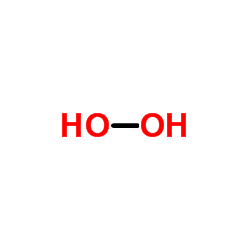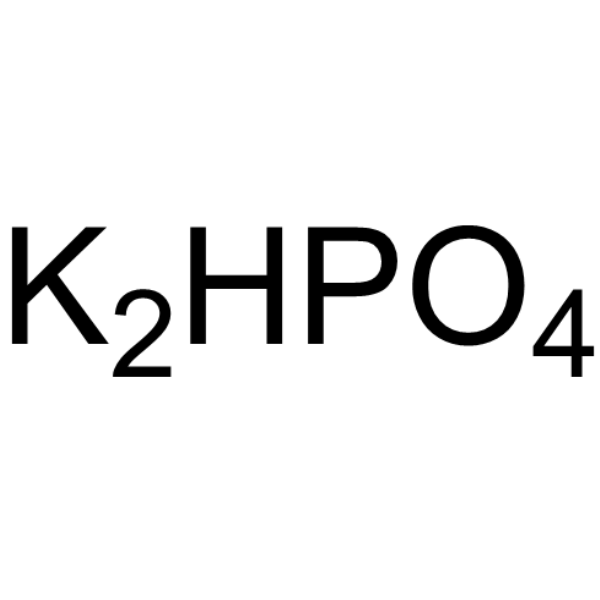| Structure | Name/CAS No. | Articles |
|---|---|---|
 |
Sulfuric acid
CAS:7664-93-9 |
|
 |
sodium chloride
CAS:7647-14-5 |
|
 |
Acetone
CAS:67-64-1 |
|
 |
Hydrogen peroxide
CAS:7722-84-1 |
|
 |
Hydrochloric acid
CAS:7647-01-0 |
|
 |
dichloroethane
CAS:107-06-2 |
|
 |
8-Aminopyrene-1,3,6-trisulfonic Acid
CAS:196504-57-1 |
|
 |
3-Aminopropyltriethoxysilane
CAS:919-30-2 |
|
 |
Di-potassium monohydrogen phosphate
CAS:7758-11-4 |
|
 |
SODIUM CHLORIDE-35 CL
CAS:20510-55-8 |